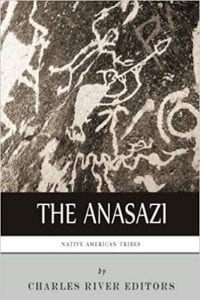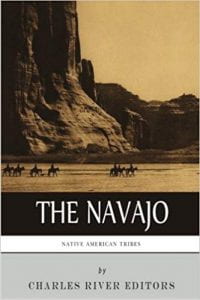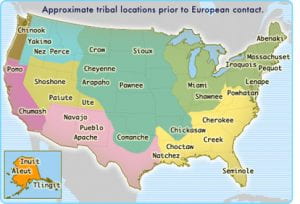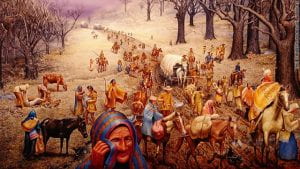Happy Thanksgiving everyone!

As we all begin preparing for the family feast, let’s return to the first Thanksgiving which happened in 1621. What would this feast look like? What food would they have? And how does that differ from what we have now? Many of you are probably aware that the traditional turkey and cranberries are species native to America, and even more specifically the New England area where the first feast took place. For this comparison, I will look at what ingredients are native to America, however, not specifically to New England. Many of the food we love to have for Thanksgiving are actually native to South America.
I will begin with one of my favorite side dishes, green bean casserole. Green or String beans have been cultivated in Mexico for over 7,000 years. They actually originated in Peru and migrated North overtime. The Spanish explorers introduced green beans to Europe in the 16th century. In New England “Three Sisters” Corn, Beans, and Squash were present. Although they might not have been green beans. But for you Corn Casserole lovers, corn was definitely present. And squashes that would be used for pumpkin pies, although the spices would have been different. Other than the green beans, a major component of green bean casserole is the cream of mushroom soup. Mushrooms would be available for gathering but the cream is not native to America. Cattle were brought to the Americas with the European colonists. Bison are similar to cattle but were never domesticated and they do not have the large utters for milk producing seen in the domesticated cows and thus cannot be milked.
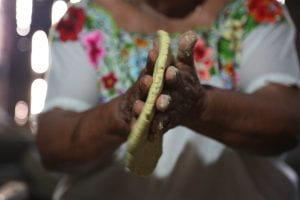 Moving on to arguably the best part about Thanksgiving, the stuffing (or dressing)! Stuffing is made with bread. Bread as we know if (Loaf) is from the Old War. Egypt, Rome, India, Persia, and many other counties have been making variations of bread from wheats and like grains for many thousands of years. In the Americas, corn was ground and made into meals and tortillas. Mexico is still famous for tortillas, a bread-like flat baked dough that they have been making since 100 BC. There were forms of bread present, although I do not know if tortillas would work in stuffing.
Moving on to arguably the best part about Thanksgiving, the stuffing (or dressing)! Stuffing is made with bread. Bread as we know if (Loaf) is from the Old War. Egypt, Rome, India, Persia, and many other counties have been making variations of bread from wheats and like grains for many thousands of years. In the Americas, corn was ground and made into meals and tortillas. Mexico is still famous for tortillas, a bread-like flat baked dough that they have been making since 100 BC. There were forms of bread present, although I do not know if tortillas would work in stuffing.
The final side I will be talking about is the potato. Whether you use them for mashed potatoes, sweet potato casserole, or part of your stuffing, they remain a family favorite side dish, especially with gravy. Most people associate the potato with Ireland and the Potato Famine. However, the Inca grew potatoes since 8,000-5,000 BC. The potato plant produced a rather pretty purple star shaped flower that the French aristocracy, Marie Antoinette and King Louis XVI, wore it in their clothing. Not only can you have your mashed potatoes, but you can also make a nice centerpiece with the flowers.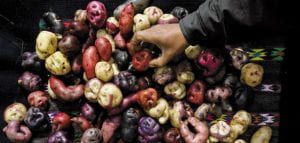 Thank you for reading this blog and enjoy your New and Old World food with all your family and friends.
Thank you for reading this blog and enjoy your New and Old World food with all your family and friends.
Follow IUP Anthropology on Facebook, Twitter, and Instagram



